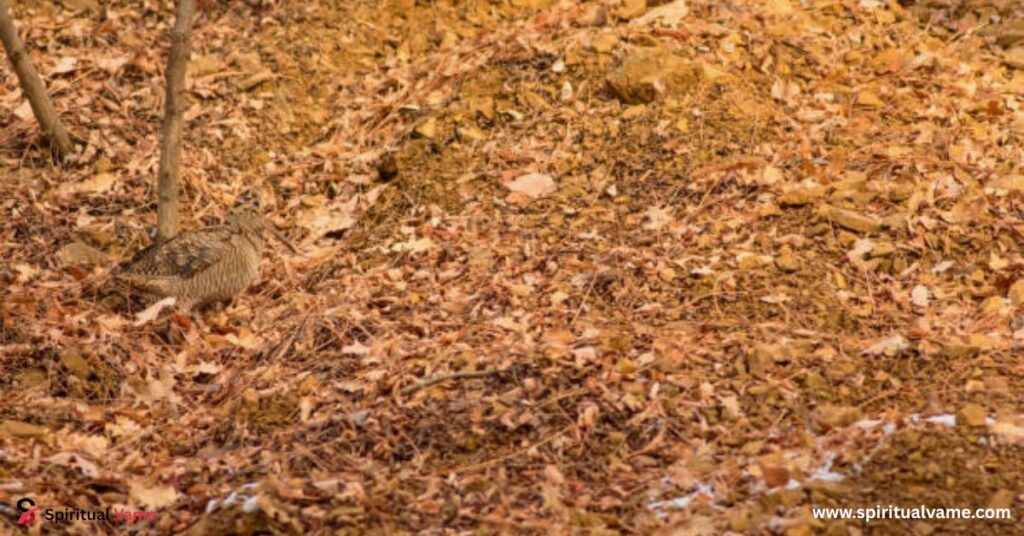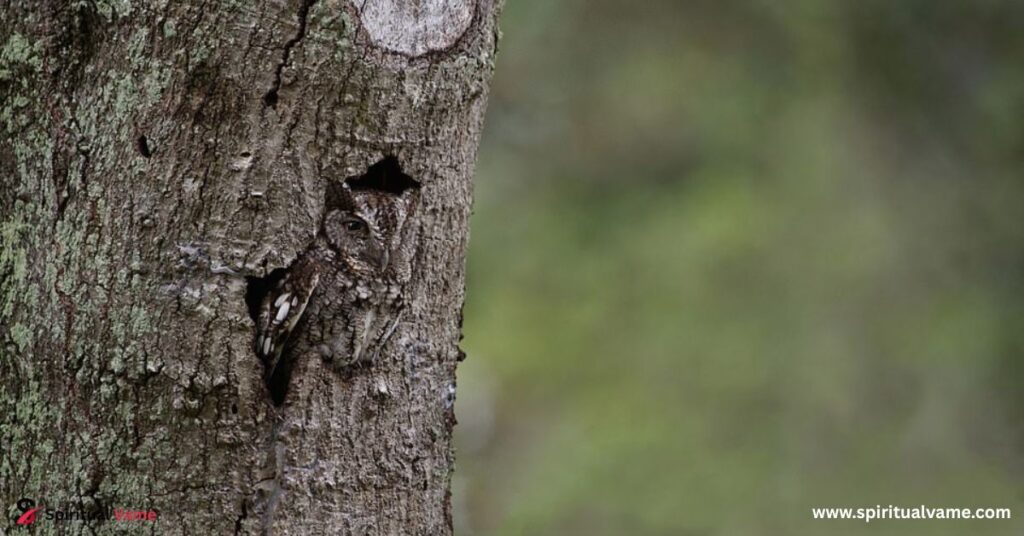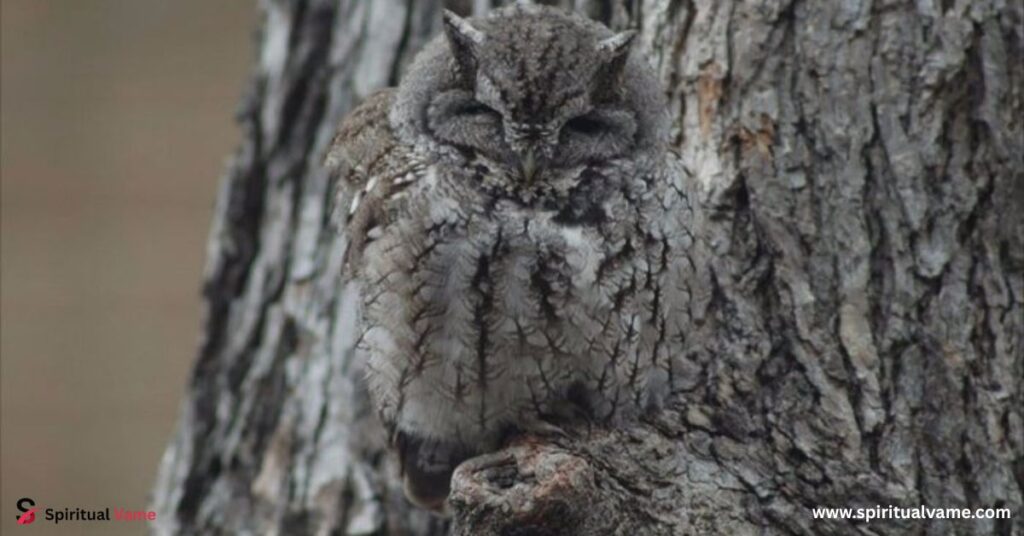
There’s something magical about walking through the woods, breathing in the crisp air, and realizing you’re surrounded by countless eyes you’ll never see. Birds have mastered the art of hiding in plain sight, and their camouflage abilities are nothing short of nature’s clever trick. From the snowy white feathers of a Snowy Owl blending into a frosty landscape to the streaky browns of a Fox Sparrow disappearing into leaf litter, birds are artists when it comes to survival. These camouflage techniques are far from simple. They involve complex plumage patterns, clever use of light and shadow, and an instinctive understanding of their surroundings. As you’ll see, each bird species uses unique adaptation tactics shaped by their habitat and lifestyle.

While predators scan the landscape for a quick meal, birds rely on cryptic coloration, disruptive patterns, and even mimicry to stay one step ahead. It isn’t just about hiding from danger, though. Some species, like the American Bittern, use their camouflage to sneak up on prey. Others, such as the Great Horned Owl, use their disguises to remain unnoticed while watching over their territory. Understanding these avian survival strategies gives us a deeper appreciation of how beautifully balanced nature can be. In this article, you’ll meet some of the world’s most impressive feathered illusionists and uncover why these abilities matter so much in their daily fight for survival.
Nesting Females
When it comes to protecting their nests, female birds don’t leave anything to chance. They’re some of nature’s best masters of disguise. Nesting females often adopt duller, earth-toned feathers compared to their flashier male counterparts. This subtle plumage coloration helps them blend effortlessly into the environment while incubating their eggs. If you’ve ever come across a female duck sitting motionless among reeds or a quail barely visible beneath a bush, you’ve witnessed this brilliant form of concealment. In those moments, even sharp-eyed predators find it tough to spot them.
For these mothers-to-be, camouflage abilities aren’t just helpful — they’re a lifeline. Staying hidden means keeping both themselves and their vulnerable eggs safe from predators like foxes, snakes, and hawks. Some, like the American Woodcock, have plumage so detailed with mottled and streaked patterns, it’s practically indistinguishable from the leaf-strewn forest floor. Others, such as the Willow Ptarmigan, shift from brown in summer to snow-white in winter, always adapting to their environment’s changing seasons. This seasonal variation makes sure their camouflage techniques remain effective no matter the time of year.
Juveniles

Life isn’t easy for young birds. They’re smaller, slower, and often not yet able to fly, making them perfect targets for hungry predators. To help them survive those early, vulnerable days, nature equips juveniles with muted, earth-toned feathers. These young birds rely on plumage patterns filled with cryptic streaks and soft browns that blend seamlessly into their surroundings. It’s a form of instant invisibility that hides them in plain sight.
Take an owlet, for example. Eastern Screech Owls hatch with fluffy, downy feathers that match the bark of the trees where they nest. These tiny fledglings know instinctively to stay motionless, trusting their camouflage abilities to keep them safe. Even fledglings of the European Robin sport subdued feathers before earning their adult red breast, ensuring they don’t attract unwanted attention too soon. This adaptation not only helps them avoid predators but also allows them to practice critical survival behaviors like foraging and vocalization in relative safety.
Ground Foragers
For birds that spend most of their time pecking around on the ground, effective camouflage is essential. Ground foragers like the American Bittern, Woodcock Brown, and Fox Sparrow have developed plumage that mirrors the colors and textures of leaf litter, grasses, and soil. These species often feature mottled feathers in various shades of brown, rust, and gray, allowing them to practically vanish against the forest floor. It’s a fascinating example of habitat-specific adaptation driven by the need to stay hidden from both predators and other competing birds.
Even more intriguing is how some of these birds use posture as part of their disguise. The American Bittern, for instance, will stretch its body upward, aligning its streaked chest feathers with the vertical lines of nearby reeds. It’s an incredibly effective trick, turning the bird into a living, breathing reed in the eyes of its hunters. The Egyptian Nightjar, meanwhile, lies flat against sandy terrain, its pale feathers blending seamlessly with the desert environment. These clever foraging strategies are more than survival skills; they’re living proof of evolution’s genius.
Arboreal Birds
Up in the treetops, arboreal birds face a different set of challenges when it comes to concealment. With shifting sunlight, swaying branches, and patchy shadows, blending in requires specialized camouflage abilities. Birds like the Eastern Screech Owl, Great Gray Owl, and Tawny Frogmouth have mastered this. Their plumage patterns mimic tree bark, lichen, and moss, creating an illusion so convincing they seem to disappear the moment they settle against a trunk.
The Great Gray Owl, with its pale facial disk and intricately patterned feathers, is almost impossible to spot when perched on a spruce limb. Even seasoned birders need sharp eyes to detect these nocturnal hunters. The same goes for the Common Nightjar and the elusive Whip-poor-will, whose speckled feathers break up their outlines against rough tree bark. Disruptive coloration plays a big role here, scattering visual clues and making it difficult for both prey and predator to focus on the bird’s shape. These nocturnal species rely on their camouflage during daylight hours, hiding away while remaining nearly invisible.
13 Bird Camouflage Abilities

Bird camouflage abilities are some of the most diverse in the animal kingdom. Birds use disruptive patterns to break up their outlines, making it hard for observers to pick out their shape. Some feature countershading, with darker backs and lighter bellies to balance out shadows and light. Feather molting is another tactic, helping birds shed old, worn feathers and grow new ones that match the changing environment.
A few species take mimicry to the next level. Certain Nightjars look so much like fallen leaves or patches of bark, they can go unnoticed even by experienced birders. Other birds, like the Rock Ptarmigan, adjust their plumage with the seasons, turning brown in summer and white in winter. Nest concealment is yet another clever trick. Birds build nests deep within thickets or against textured backdrops, further ensuring their survival. Each of these tactics highlights nature’s relentless innovation when it comes to keeping these feathered creatures safe and unseen.
Bird Camouflage Abilities Importance
These camouflage techniques aren’t just a curiosity for nature lovers — they’re vital survival tools. Birds rely on camouflage abilities to avoid becoming lunch for hawks, foxes, and other predators. Nesting mothers use them to shield vulnerable eggs, while hunters like owls stay invisible until the perfect moment to strike. Without these natural defenses, countless bird species would struggle to survive in the wild.
For conservationists, understanding these tactics is essential. When preserving habitats or reintroducing endangered species like the Snowy Owl or Green Broadbill, it’s important to consider how a bird’s plumage interacts with its environment. Disrupting these delicate balances can leave birds exposed and vulnerable. This is why birders and organizations like Animalko and avianbird.com work to protect these birds’ natural homes.
Analysis of Bird Camouflage Abilities
Breaking down how and why these abilities work reveals an intricate relationship between habitat, predator types, and daily behaviors. Birds like the Eastern Towhee adapt to dense undergrowth by sporting dark, rust-colored sides that fade into fallen leaves. Ground-dwelling species tend to rely on browns and grays, while arboreal species use patterns that echo tree bark and shadows. Nocturnal birds lean into neutral colors to remain unseen during daylight hours, tucked away on branches or ground cover.
These patterns also reflect a bird’s lifestyle. Active hunters like Great Horned Owls need camouflage for ambush, while foragers like the Brown Creeper need to avoid predators while searching for food. Even vocalizations are part of the equation — a hidden bird can safely sing to attract a mate or stake its territory without risking exposure. It’s a delicate balance of mating display, territorial behavior, and survival strategy all wrapped in feathers.
Conclusion
Nature is full of secrets, and bird camouflage abilities are one of the cleverest. Birds hide in plain sight using colors, patterns, and smart moves. From forests to deserts, every bird learns to match its home. These smart bird camouflage abilities help them stay safe from hungry predators. It also makes it easier to hunt, raise chicks, and avoid danger.
People who love birds are always amazed by these bird camouflage abilities. Whether it’s a Great Gray Owl on a tree or a Willow Ptarmigan in the snow, their skills are incredible. Watching how bird camouflage abilities work reminds us how smart and beautiful nature can be.



